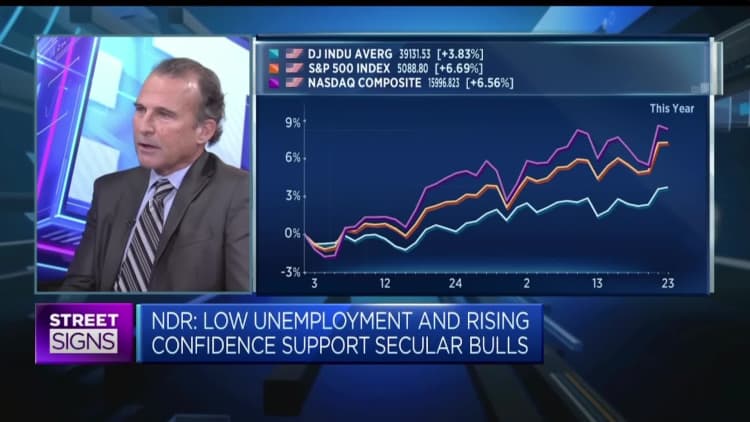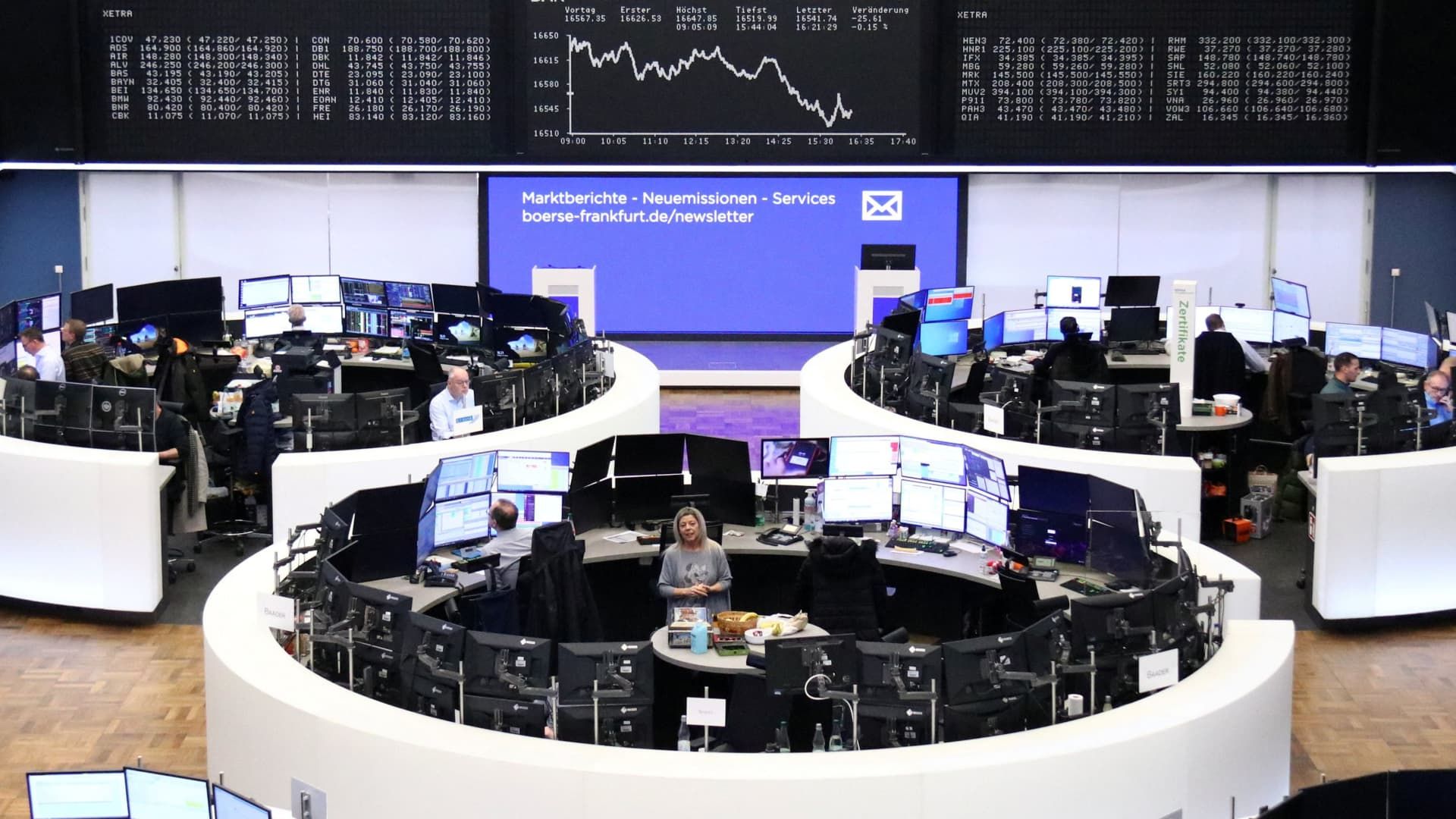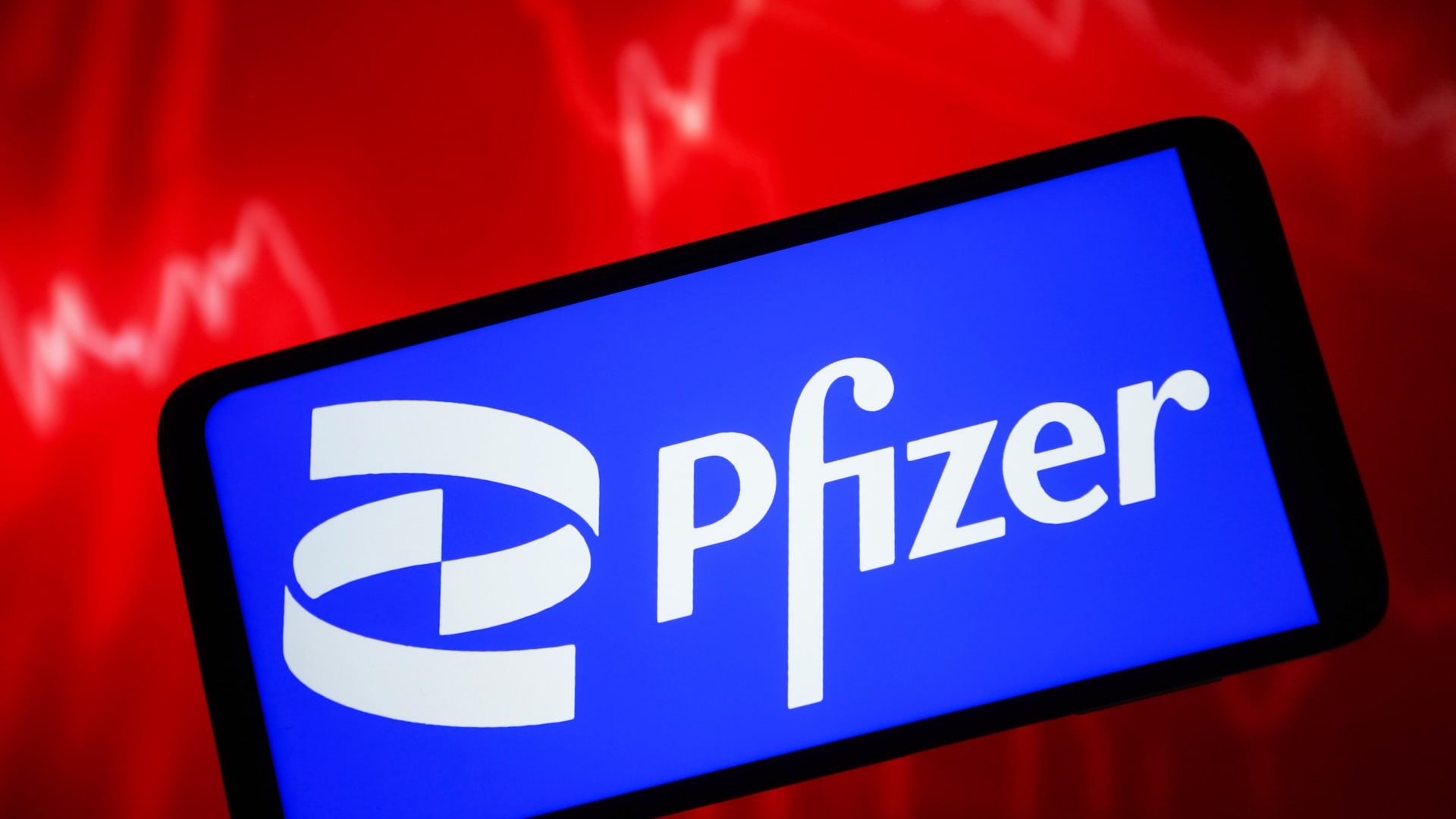The chart of the German stock price index DAX is displayed on the stock exchange in Frankfurt, Germany, on January 19, 2024.
Staff | Reuters
Over the past 12 months, just 11 stocks accounted for half of the gains driving the pan-European market. Stoxx 600 stock index to a record close on Friday.
Earlier this month, Goldman Sachs He highlighted that Europe's stock markets were dominated by this group of “internationally exposed quality growth compounds” with the largest market capitalizations on the continent, which the bank called GRANOLAS back in 2020.
The momentum of this group, which includes GSK, Roche, ASMLNestlé, Novartis, Novo Nordisk, The real, LVMHAstraZeneca, SAP and sanafi — has drawn comparisons to the “Magnificent Seven” American tech giants and raised similar concerns about concentration risks in European stock markets.
Collectively, GRANOLAS account for about a quarter of the Stoxx 600's total market capitalization, and Goldman analysts highlighted in a note last week that they exhibit qualities that are expected to thrive in the current cycle, such as strong growth of profits, high and stable margins. and solid balance sheets.
“We believe they will also benefit from the structural shift towards passive investing and the lack of liquidity in the European stock market,” analysts at the Wall Street bank suggested.
“From a global point of view, GRANOLAS have even outperformed the so-called Magnificent 7 in the last two years. Their (outperforming) performance is even more impressive on a risk-adjusted basis: with a volatility 2 times lower than that of the Magnificent. 7, GRANOLAS help increase the Sharpe ratio.”
They noted that while the group trades at a high price-to-earnings ratio, a measure of whether a stock is overvalued, this is “not unusual for growth companies” and GRANOLAS actually trades at a significant discount compared to Magnificent. . Seven.
What's more, Goldman Sachs expects strong growth momentum to continue, with a 7% compound annual revenue growth rate expected for GRANOLAS through 2025, compared to 2% for the broader market, excluding the group. All 11 stocks also offer dividend yields to shareholders in the range of 2-2.5%.
“This suggests that, in Europe, almost all STOXX 600 revenue growth will come from GRANOLAS. We believe this will be supported by high barriers to entry for companies, strong balance sheets and high investment: they reinvest the same proportion of the flows in R&D and growth CAPEX like the Magnificent 7,” added Goldman Sachs.
Such a high and potentially deepening concentration of stock market earnings raises concerns about concentration risk, but some analysts believe the various sectors represented in the group may insulate GRANOLAS to some extent.
Tim Hayes, chief investment strategist at Ned Davis Research, told CNBC on Monday that for recent comparisons to the current situation, market participants should look to the end of 2020, when the market was highly concentrated around a small number of large companies. capitalization shares.

“What happened then was that the market broadened and this led us into 2021, which turned out to be a very good year, with very low volatility; we also made the market widen in anticipation of what turned out to be an economic expansion globally. synchronized. Earnings growth was being reflected globally across all sectors,” Hayes said.
He suggested this created “a lot of complacency” in the market, causing investor confidence to persist despite emerging “divergences” beneath the surface.
“This is what created that very tight market at the end of 2021, because more and more sectors started to diverge as we started to see signs of these supply chain pressures and inflationary pressures, commodity prices going up, all of them. the things that made us heading into the 2022 bear market,” Hayes added.
While this is not necessarily a negative indicator at this time, it suggested that the longer the current complacency continues, the more vulnerable the market will be to bad news, or good news that had been priced in by not arriving. .
“We've seen this recently with the expectation that we were going to have all these rate cuts, when it turned out, well, maybe we weren't going to have as many rate cuts as the market thought, which created a bit of a pullback,” Hayes said. .
“That can happen on a larger scale if the market becomes too complacent, and then you're more vulnerable to some kind of negative surprise coming into the picture.”













